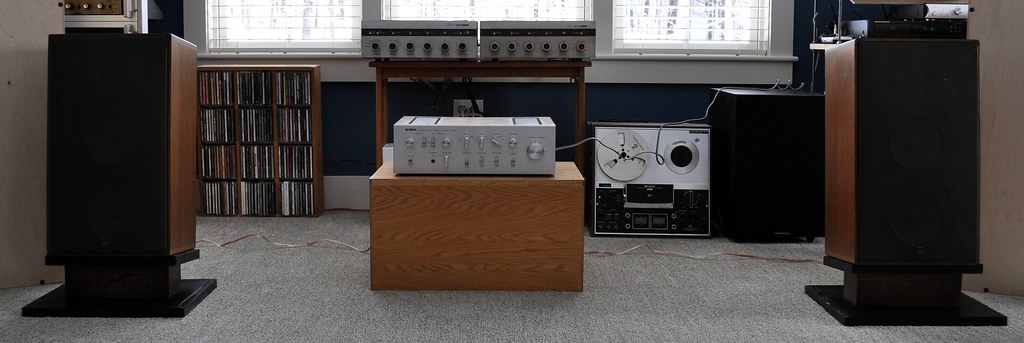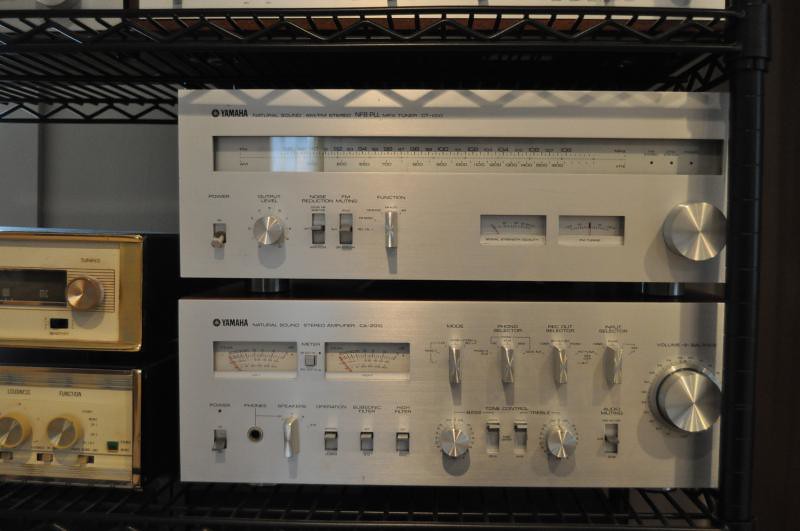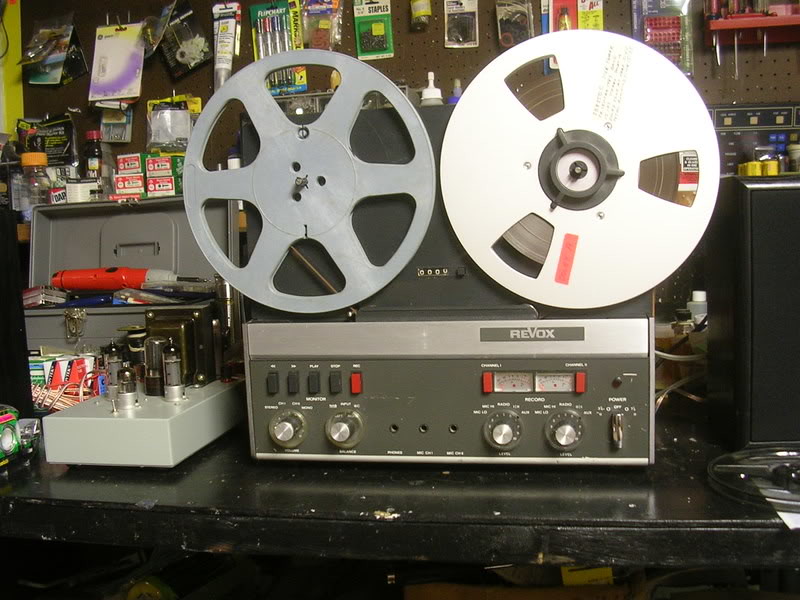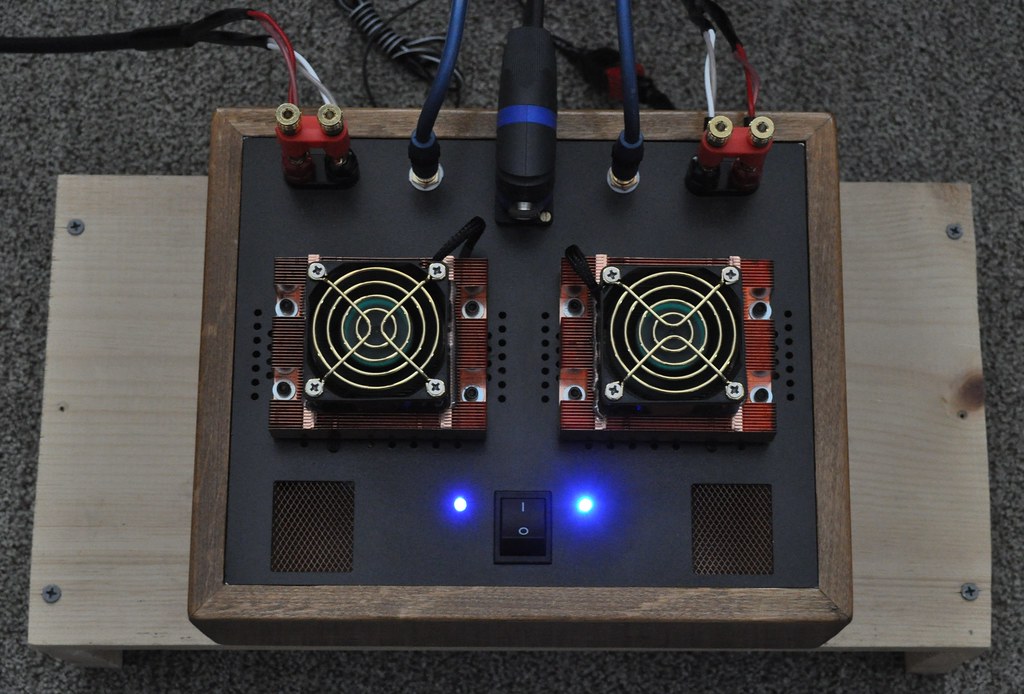High powered amp + high Effeciency speakers =?
24.114.77.159 |
||
| Posted on February 23, 2017 at 05:10:44 | ||
|
Posts: 640
Location: toronto Joined: July 19, 2004 |
Since day one I've been using SET amp on my Edgarhorns. A local dealer has a stock ARC D125 for sale and I'm curious on how it would pair up with my Edgarhorns Titan. Is it dangerous? Will I hurt my speakers? I don't listen to loud music at all . I know that this much power is not necessary. Any of you guys have experience with high effeciency+high powered amp? ARC D125 is rated at 110 watts per side and it's a hybrid amp I believe it has 8 6550 output tubes 4 per side. This what I got from the ARC site. Features include: Servo for auto balance of plate currents between output tube push & pull pairs; Front panel LED indicators and adjustment controls for left and right channel output tube plate current; Low current LED indicator for each output tube viewable through cover; "Tube Saver" circuit to protect output tubes from abnormal conditions or input overloads (eg. DC); Twin subsonic cooling fans for temperature control and increased life of output tubes. |
|
| RE: High powered amp + high Effeciency speakers =?, posted on March 1, 2017 at 19:33:36 | |
|
Posts: 817
Location: Detroit Joined: August 17, 2007 |
Right on! |
| re: solid state - two words. Nelson. Pass., posted on February 24, 2017 at 07:22:53 | |
|
Posts: 16013
Location: New England Joined: October 12, 1999 Contributor Since: October 23, 2016 |
That guy gets it. :-) I've been playing with one of these of late. As low-end an implementation of Mr. Pass's philosophy as can be imagined, with specs that are evocative (for better or worse) of an SE 2A3 amplifier.
Kit link below: see also http://www.firstwatt.com and http://www.firstwatt.com/pdf/art_amp_camp_1.pdf for more philosophy and info.
|
| RE: really? do the math (it's easy!) , posted on March 4, 2017 at 16:41:59 | |
|
Posts: 17294
Location: So. Cal. Joined: February 9, 2002 |
.
Have Fun and Enjoy the Music "Still Working the Problem" |







